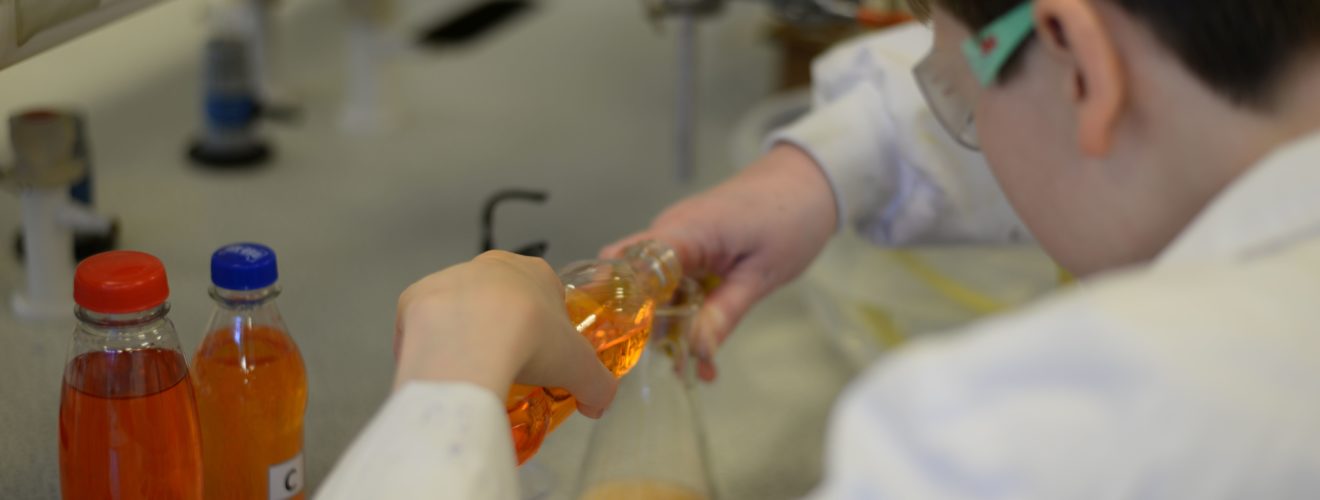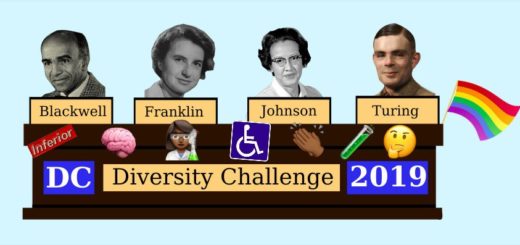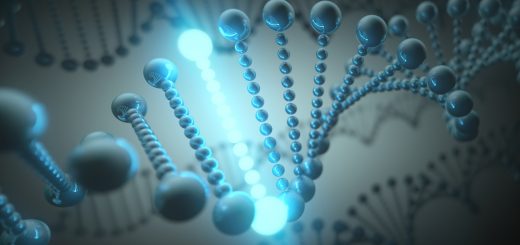Why don’t we know more about how to make ‘science for all’ a reality?

In 2014, the Campaign for Science and Engineering found that, even with a shortfall in the STEM workforce of an estimated 40,000, the employment rates of disabled people (including difficulties in movement, blindness and deafness, medical conditions and learning difficulties) in the industry has remained disproportionately low. Disabled people, especially those with learning difficulties and mental health issues, are under-represented at every stage of the science supply ‘pipeline’ and these figures represent the systemic loss of potential employees. So deeper questions need to be asked about why we don’t teach science to a full range of school students1. Why aren’t all students equally encouraged into STEM-based careers? And, most importantly, how can this be done?
A lack of demand is not the reason
However discouraging this picture is, the poor levels of engagement with science are far from inevitable. The possibility of a different employment landscape was illustrated recently at an oversubscribed science careers day targeting pupils with Additional Support Needs (ASN) at the University of Strathclyde. This clearly shows that a lack of interest is not the reason for the shortfall. Similarly, demand for inclusive science outreach events at the university has seen rapid growth in student and teacher attendance, which more than doubled in just a year. There is clearly an appetite for science opportunities for these students, both in education and employment. STEM industries need employees who can work at all levels of the skills and knowledge ‘ladder’. So why do we continue struggling to reconcile our twin aspirations of greater science uptake and full inclusion?
Science for the select few
One hidden factor is a long, but unacknowledged, tradition of social exclusion within science. It was always an activity for educated people, and the need to conduct experiments meant that it was the domain of the wealthy. During the 19th century, science came to be seen by the ruling classes as a means of gaining industrial advantage, with ensuing political and military dominance. The second approach, which developed simultaneously, was entirely utilitarian. During what is sometimes termed ‘the century of the workhouse’, people who were ‘defective’ [sic] were trained to do something whereby they could earn a modest living. Most ‘idiots’ [sic] were exempted from any expectation of work2. These divergent histories consolidated two distinct educational approaches. One was the development of science into a highly academic subject, relying heavily on abstract concepts, along with high levels of technical literacy and numeracy. As this identity was consolidated, science could then only be studied fully by the most highly educated and affluent men, at the so-called ‘public schools’ and universities of the age. Such notions of elitism were re-emphasised in the 1950s when excellence in science (the so-called ‘Sputnik Curriculum’) was advocated, in the wake of World War II, as a pathway towards economic and military domination.
In the 1960s and 1970s, a counter-movement emerged, including the curriculum initiatives funded by the Nuffield Foundation, aimed at making science education available and meaningful to all (mainstream) students3. However, it is notable that the centralisation of the curriculum was accompanied by a wholesale return to the elitist system known by (and successfully studied by) the politicians leading said curriculum reform.
The practice gap
A second exclusionary pressure factor is the existence of special schools and ‘alternative settings’ for children who are not seen to ‘fit’ well within the standard provision. Such institutions often do little or no science, ostensibly because they lack the facilities but, just as importantly, because they lack staff who are confident to teach science. Despite this, the same staff are keen that their students do science, though primarily as a vehicle for skills development rather than as a precursor to a career. Meanwhile, teachers find that standard science Continuing Professional Development often fails to take account of their circumstances; this leaves them unable to negotiate the gaps between their teaching practices, their atypical students and the science curriculum itself4. These teachers would be a source of valuable evidence on what works in practice, if only they could be supported to feel confident enough to start teaching science in their schools.
Lack of experience and government talk of ‘special pedagogies’ means that science specialists, be they teachers or others, get the message that they lack the skills to teach ‘special learners’ effectively. So, a valuable source of help for non-specialist teachers in special schools is put off from offering help. More encouragingly, if special school staff, scientists and students are enabled to work together, they all end up feeling more confident about developing their practice.
Unfundable research
Currently, research on science teaching for students with ASN is generally absent. The use of evidence-informed practice is an expectation of teachers, but those wanting to teach science to learners with ASN are unable to do this due to a simple lack of evidence. Sadly, they fall into a ‘funding blind spot’. Research funding for science education focuses almost exclusively on creating the future workforce, in line with the version of science previously described. This frequently addresses other excluded populations (such as women and ethnic minorities) but only in the anticipation that they will achieve at the highest level of science.
On the other hand, funding bodies who do pay for work with children with disabilities think that science has a marginal value in their lives, at best. So vital funding that could generate information on how these youngsters learn, and what curriculum suits them best, always go to other projects that are judged more ‘worthwhile’.
As I have already noted, people commonly reproduce their own educational experience unless there is evidence that change will improve things. But, without this evidence, how do we know that it isn’t worthwhile? And without it, we can’t guide teachers or challenge politicians.
Unknowable unknowns
In the current policy, curriculum and research climate, we seem destined not to find out more about making the learning of science truly inclusive of all. We don’t know more about science for all because, as a society, we don’t believe in it. We don’t subscribe to wider concepts of science, and many of our education systems still harbour notions of exceptionality that fit better with the days of the workhouse than with 21st century Scotland. It may be that, by revising our ideas about science education, we may paradoxically make it a more appealing subject and career base to all learners, not just those at whom the reform is directed, but the rest of their peers.
This article was specialist edited by Sarah Neidler and copy-edited by Rachael Sulaiman.
References
- Recent statistics on the scale of the discrepancy can be seen in Nina Notman’s article, Access all areas: www.chemistryworld.com/features/accessible-science-education/3010431.article
- Victorian ‘education’ for various forms of disability was utilitarian at best: https://attitudes2disability.wordpress.com/2007/02/03/the-19th-century/
- A book by Edgar Jenkins, describing the educational changes in which the notion of ‘science for all’ is described at www.bera.ac.uk/blog/what-is-school-science-for
- https://pureportal.strath.ac.uk/en/publications/why-science-for-all-is-only-an-aspiration-staff-views-of-science-










